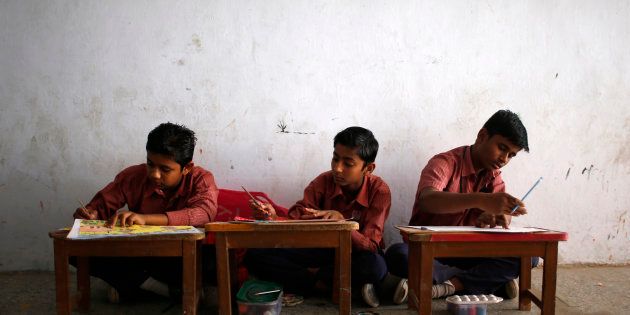
A large number of children in Gujarat are suffering from depression, followed by anxiety and Attention Deficit Hyperactivity Disorder (ADHD), investigations by the state government, under its School Health Programme (SHP), has revealed.
According to The Indian Express, 2,700 forms citing mental disorders have been received by the health department in a survey conducted as part of its first ever mental health programme. About 1,000 cases of different illnesses have been confirmed, though the results of the next round of screening are yet to be analysed.
Mental retardation, ADHD, anxiety, depression, slow learning and Oppositional Defiant Disorder (ODD) are the six main types of diseases identified so far, with an alarmingly high incidence of cases noted in the 7-13 age groups. Among the children studied in this bracket, 69% are believed to be suffering from depression and 75% from anxiety. About 3% of pre-school children are afflicted with these maladies.
The pressure on very young children to excel at studies, apart from a host of extra-curricular activities, is seen as one of the reasons behind their vulnerability to these disorders. Experts also point out the lack of socialisation and interaction among children, triggered by the rise of nuclear families and social media networks, as contributing to this situation.
In the 14-19 years age group, 20% suffer from anxiety and 27% from depression. Girls are less susceptible to these disorders (34%) compared to boys (66%), though doctors say the numbers are just the "tip of the iceberg". The mental health programme was also supposed to "identity" the sexual orientation of a child by studying their behaviour, but initial findings do not identify these cases.
The SHP, which completed two decades this year, covered 1.55 crore children during the academic year 2016-17 across 1.06 lakh institutions. Apart from mental health, it surveys diseases such as anaemia, worm infestation, dental and eye problems, abdominal and skin diseases, obesity, tobacco consumption and respiratory tract infections.
Also on HuffPost:
